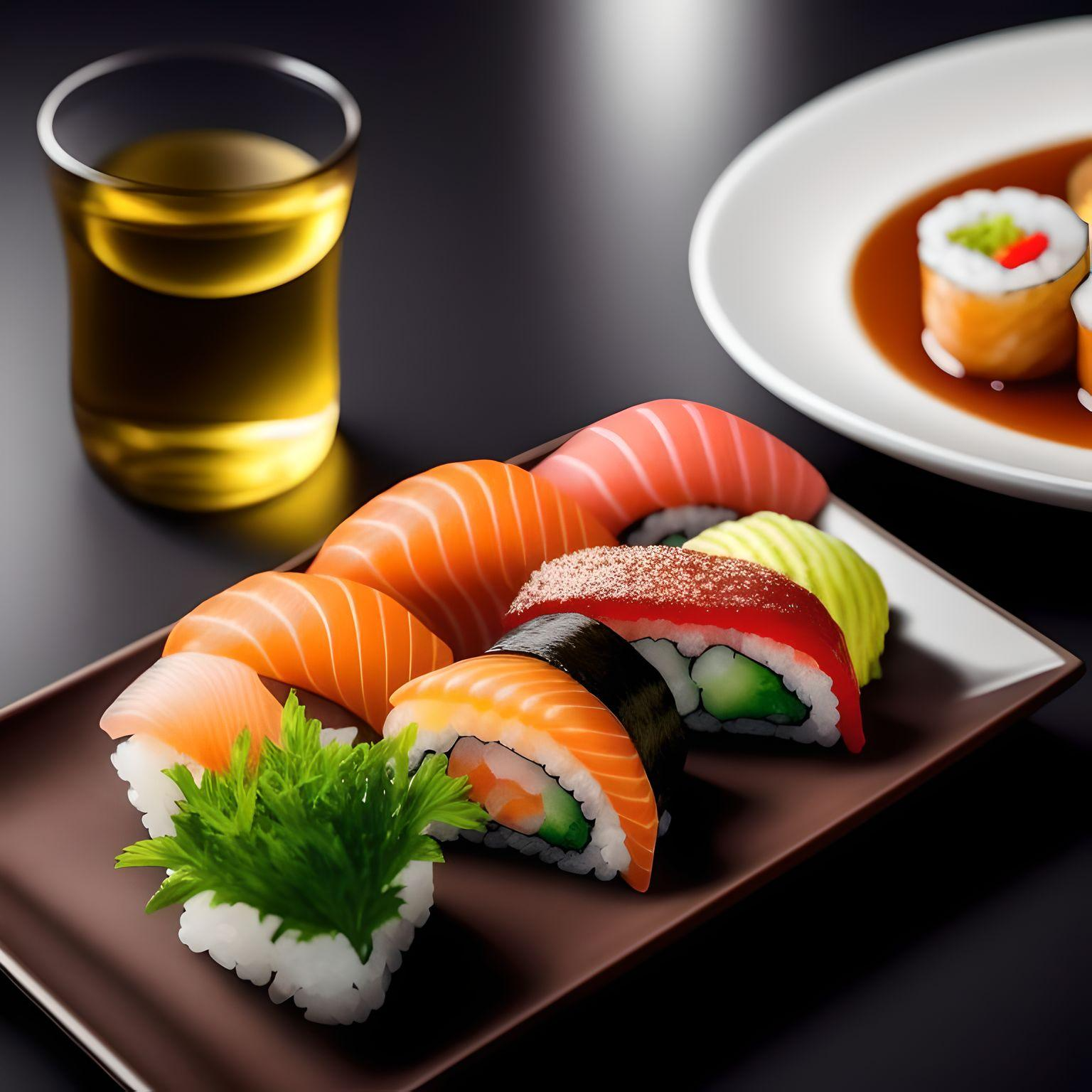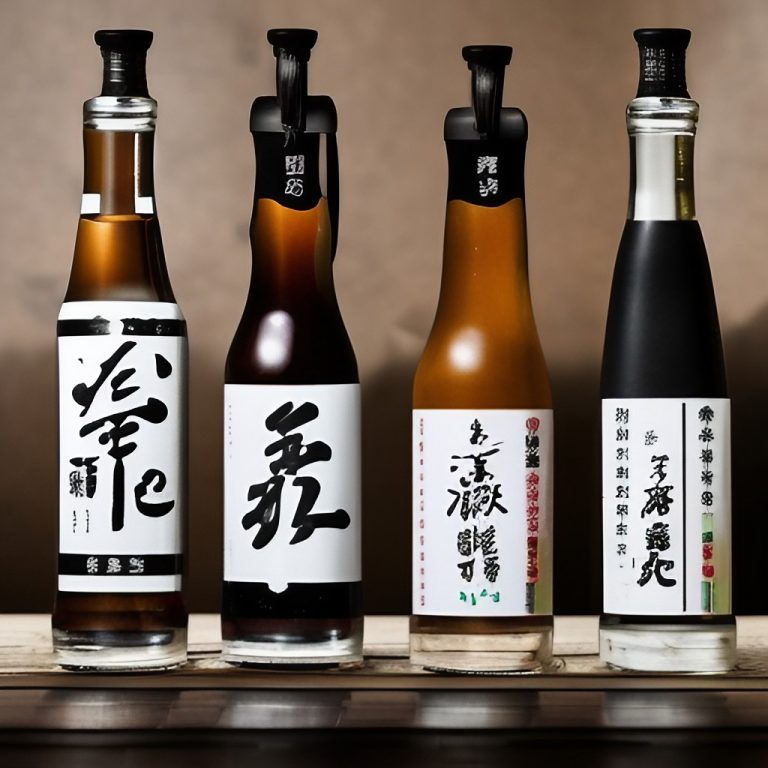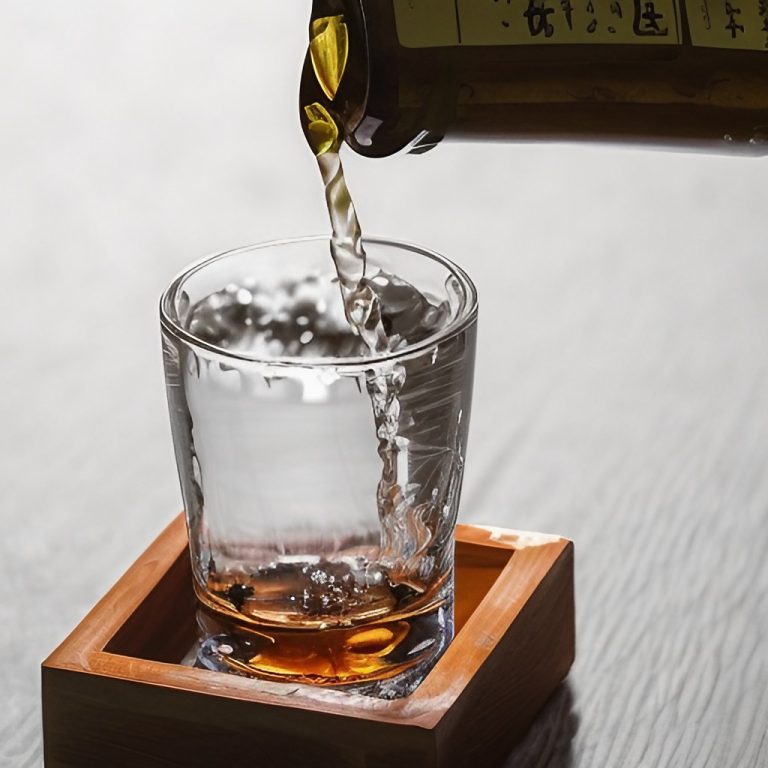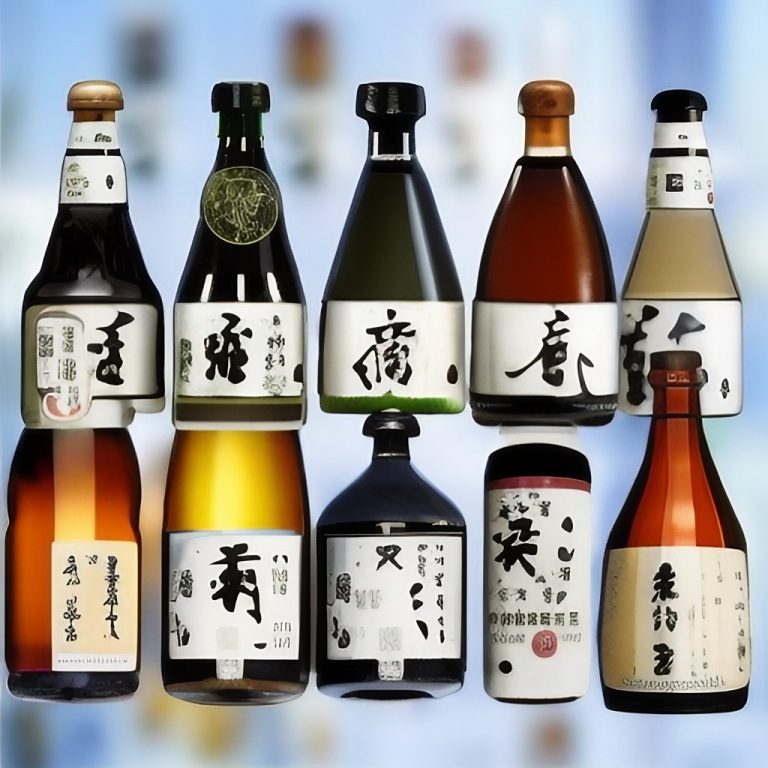Sip and Savour: Expert Tips on Pairing Sake With Your Favourite Sushi
Are you looking for the perfect accompaniment to your sushi dinner? Look no further than sake, Japan’s traditional rice wine. With its unique flavour and aroma, sake can add an extra dimension to your sushi dining experience. From light and crisp sakes to rich and full-bodied varieties, we’ll explore the best combinations of sake and sushi, so you can reap the benefits of this centuries-old pairing tradition. Read on to discover the best sake with sushi combinations!
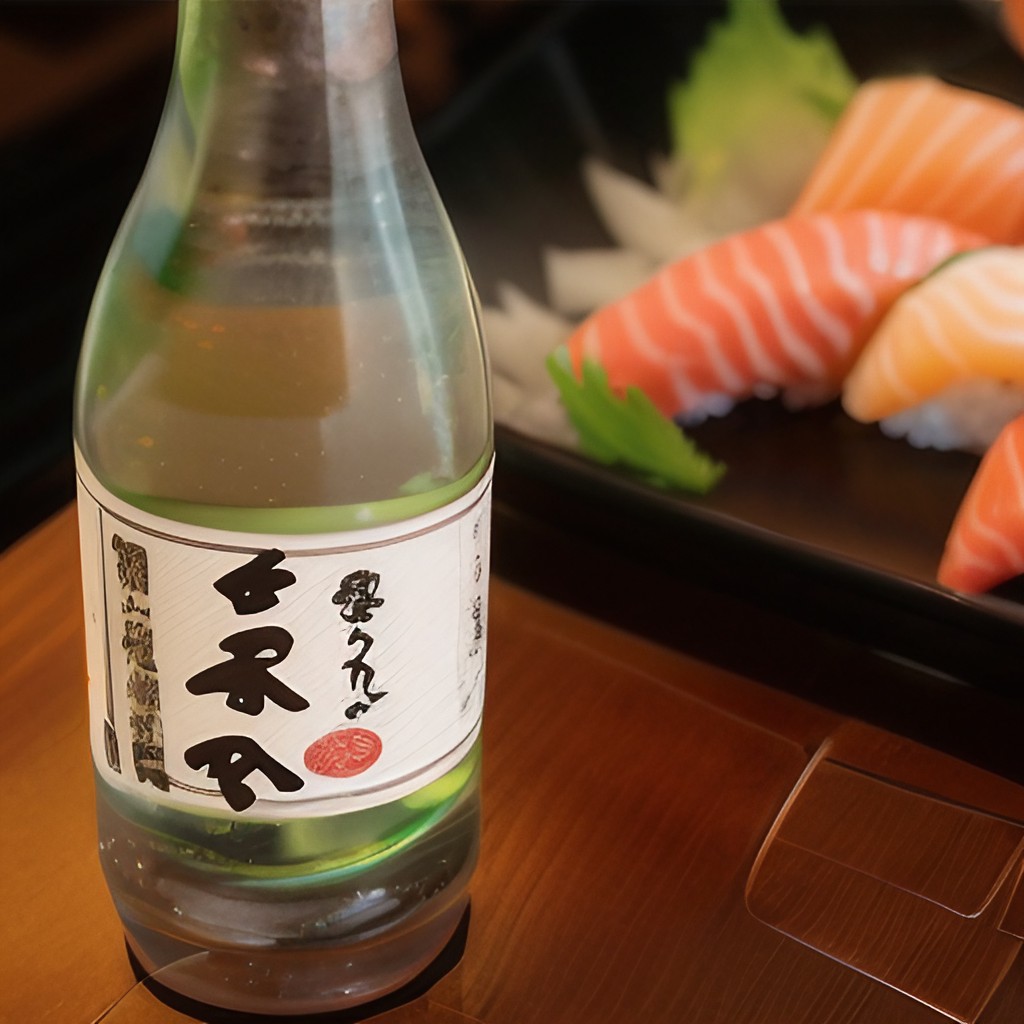
Best Sake with Sushi : Introduction
Sake and sushi are two of Japan’s most beloved culinary traditions, so it makes sense to pair them together. The perfect combination of sake and sushi can enhance the flavor of both dishes, creating a unique dining experience that is sure to leave an impression. In this article, we will explore the art of pairing sake with sushi, from light and crisp sakes to rich and full-bodied varieties. We will also provide expert tips on how to select the best sake for your favorite sushi dish, so you can get the most out of every bite. So whether you’re a seasoned sake connoisseur or just starting out in your exploration of Japanese cuisine, this blog is for you!
Types of Sake
First, let’s take a look at the different types of sake and what they bring to the table. There are three main categories of sake: junmai, ginjo, and daiginjo. Junmai is the most common type of sake and is characterized by its full-bodied flavor and earthy aroma.
Light and Crisp Sakes
Light and crisp sakes are special types of sake that have a light flavor and smell. These types of sake are perfect for pairing with sushi because they don’t overpower the delicate flavors in the sushi. They can help bring out the subtle flavors in the dish and make it even more enjoyable to eat.
Best sushi pairings for light and crisp sakes
Light and crisp sakes pair well with a variety of sushi dishes. They are especially great for mild-flavored sushi like salmon, cucumber, avocado, shrimp, and eel. The lightness of the dry sake helps to bring out the delicate flavors in these types of sushi.
Examples of light and crisp sakes
Light and crisp sakes are an excellent choice for pairing with sushi due to their versatile flavor profiles.
One example of a light and crisp sake is junmai ginjo, which has a light, dry flavor with hints of floral notes.
Another example is daiginjo sake, which has a more delicate aroma and flavor profile.
Rich and Full-Bodied Sakes
Rich and full-bodied sakes have a strong, robust flavor that intensifies as it warms. They are made with higher quality rice grains, which give the sake a richer taste and fuller body. These types of sakes pair well with flavorful sushi dishes such as tuna, mackerel, squid, or unagi. A rich and full-bodied sake can help to balance out the flavors of these bolder sushi dishes while still allowing for its own distinct flavor profile to shine through.
Best sushi pairings for rich and full-bodied sakes
Rich and full-bodied sakes pair best with sushi dishes that have bolder flavors, such as tuna, mackerel, squid, or unagi. The strong flavor of the sake helps to balance out and enhance the boldness of these types of sushi.
Examples of Rich and Full-Bodied Sakes
Rich and full-bodied sakes are perfect for pairing with bolder sushi dishes.
One example of a rich and full-bodied sake is junmai daiginjo, which has a deeper flavor profile with hints of nuts and fruit.
Another example is honjozo sake, which has a more robust flavor with notes of clove and spice.
Tips
Tips for Selecting the Best Sake for Your Favorite Sushi Dish
Now that you know more about the different types of sake and which sushi dishes they pair best with, you may be wondering how to go about selecting the perfect sake to accompany your favorite sushi dish. Here are some tips to help you out:
1. Consider the rice quality: Higher quality rice will create a better tasting sake, so look for sakes that are made with premium ingredients.
2. Take into account the flavor of your sushi dish: Light and crisp sakes pair best with mild-flavored sushi while rich and full-bodied sakes work best with bolder flavors.
3. Consider the region: Sake from different regions of Japan will have unique flavor profiles, so consider which type of sake will best enhance the flavor of your sushi dish.
4. Taste test: Don’t be afraid to sample a few different types of sake before committing to one. This will help you find the perfect sake for your sushi dish.
By following these tips, you can be sure to find the best sake and sushi pairing for any occasion. With a little experimentation, you may just discover the perfect combination that will elevate your dining experience. Happy pairing!
Types of Sushi
What is nigiri sushi?
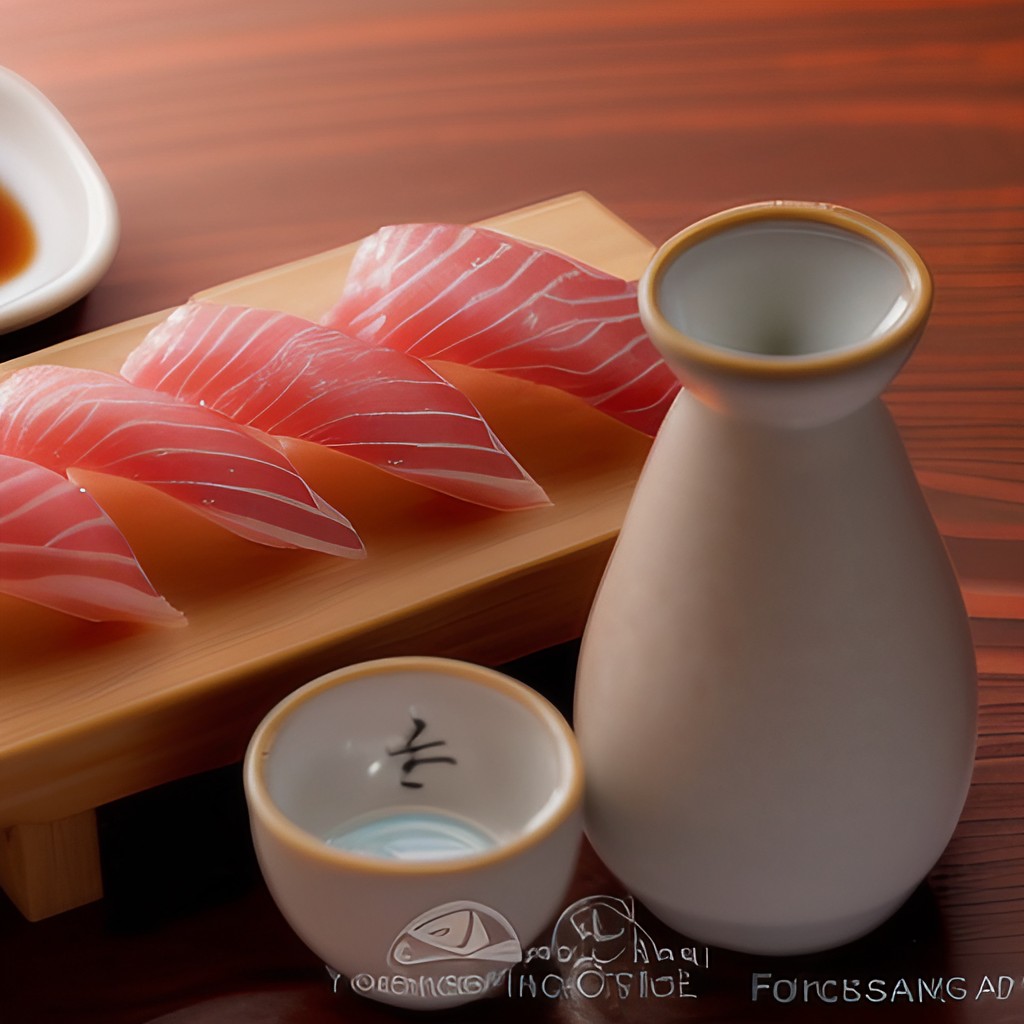
Nigiri sushi is a type of sushi that originated in Japan. It consists of a small mound of vinegared rice, topped with thinly sliced raw fish or other seafood such as eel, shrimp, or octopus. Nigiri sushi is typically served in pairs and traditionally eaten with the hands.
The art of making nigiri sushi is a delicate craft and one that requires years of practice to perfect. The chef must carefully choose the fish, prepare the perfectly shaped mound of rice, and then top it with the right amount of seafood. All these steps are done to create a beautiful piece of sushi that not only looks appealing but also tastes delicious.
Best sake pairings for nigiri sushi
The best sake pairings for nigiri sushi are light and crisp sakes, such as junmai ginjo and daiginjo. These types of sakes have a delicate aroma and flavor profile. They are light enough to let the flavors of the fish or seafood come through without overpowering them, and they also provide a refreshing
Maki Sushi
Maki sushi is a type of sushi roll that originated in Japan. Unlike nigiri, which consists of the raw fish or seafood placed atop a mound of vinegared rice, maki sushi is rolled up with the ingredients inside. This roll can consist of multiple layers depending on the type of maki and can include various types of seafood, vegetables, and even egg. Maki sushi is usually served in slices and can be eaten with chopsticks or your hands. Many sushi restaurants in the U.S. service this type of sushi. Maki Sushi is sometimes called roll sushi as well.
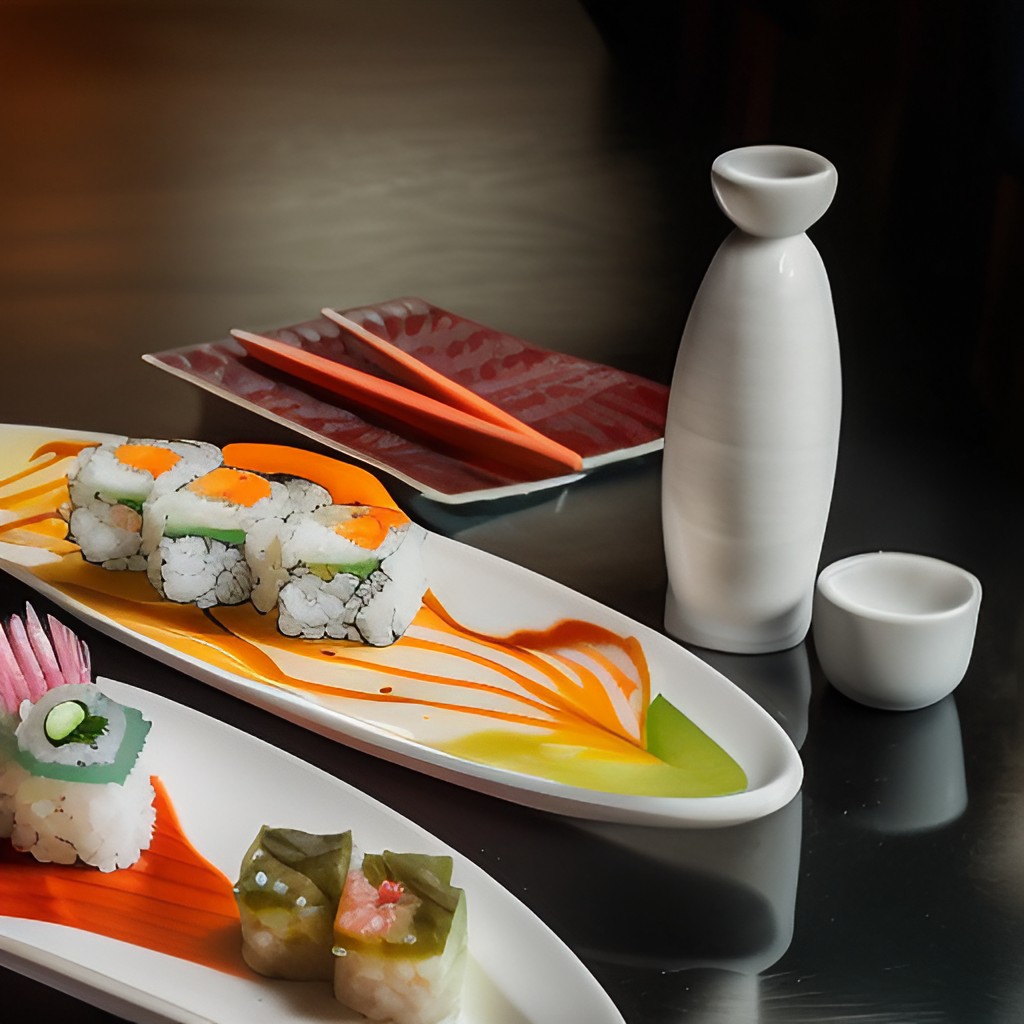
Best sake pairings for maki sushi
What are the best sake parings for maki sushi? The best sake pairings for maki sushi are slightly richer sakes such as junmai and honjozo. These types of alcoholic beverages have a fuller body and fruity flavor profile that works well with the various ingredients found in maki rolls. They also provide enough flavor to stand up against the vinegar used to make the rice while still allowing the flavors of the ingredients to shine through. Additionally, their higher alcohol content helps to cut through the richness of the maki roll and adds a nice balance to the dish.
Regional Pairings
Japanese Sake and Sushi Pairings
Explain Traditional Japanese sake and sushi pairings
Traditional Japanese sake and sushi pairings are when you choose a type of sake that goes best with your food. For example, light and crisp sakes work best with mild-flavored sushi like nigiri, while richer sakes pair well with bolder flavors like maki rolls. You can also look for regional pairing suggestions to find out what types of sake go best with different types of sushi from different regions in Japan. Try tasting a few different kinds before deciding to find the perfect combination!
Examples of Japanese sake and sushi pairings
· Nigiri: Junmai or Daiginjo Sake
· Maki Roll: Honjozo or Junmai Sake
· Specialty Rolls: Ginjo Sake
· Regional Favorites: Fukui Prefecture’s Denshu Sake
With the right pairings, a good plate of sushi can become a truly unforgettable experience. By exploring the art of sake and sushi pairings, you can discover combinations that are sure to tantalize your taste buds and enhance your dining experience. So don’t be afraid to experiment – you never know what flavor profiles you may stumble upon!
Non-Japanese Sake and Sushi Pairings
Explain Sake and sushi pairings from other regions
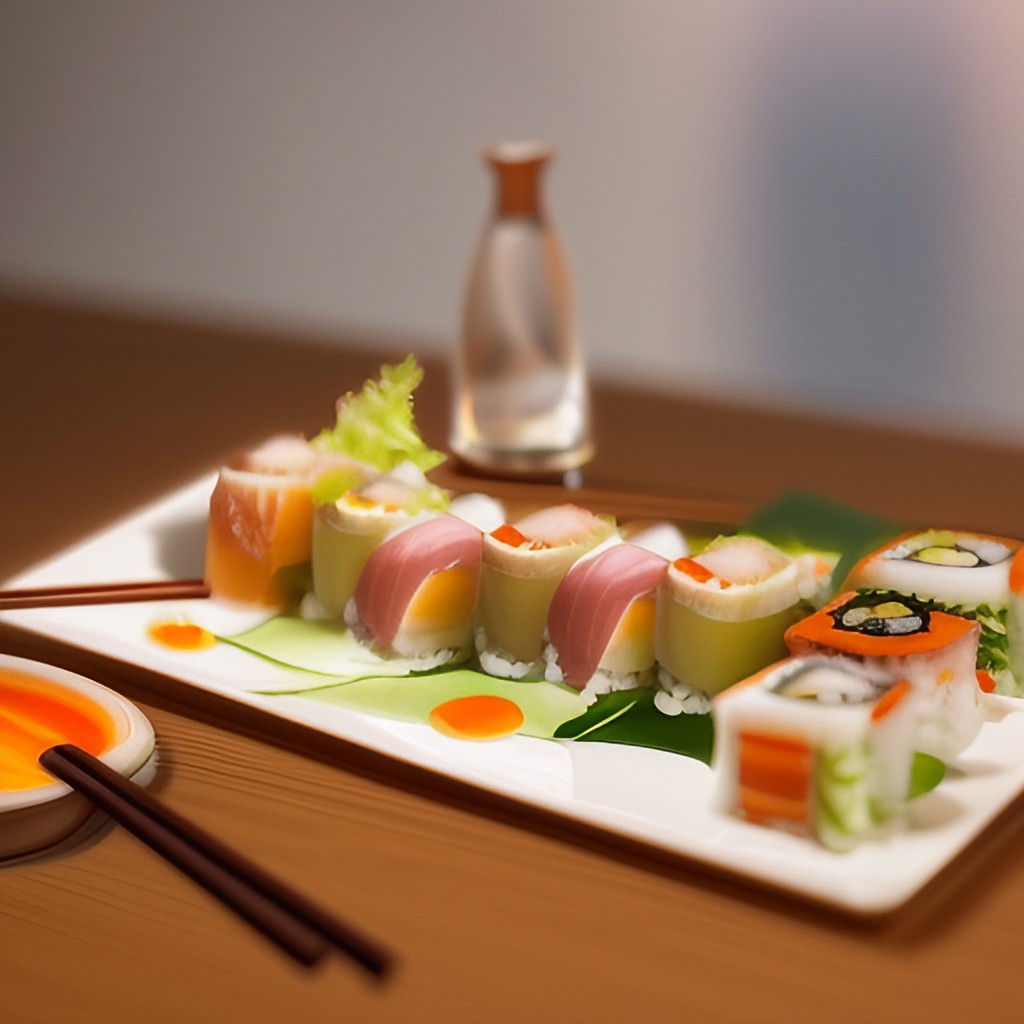
Sake and sushi pairings from other regions are when you choose a type of sake that goes best with the sushi you are eating. Different sakes work differently with different kinds of sushi. For example, light and crisp sakes go well with mild-flavored sushi like nigiri, while richer sakes work best with bolder flavors like maki rolls. You can also try different regional pairings to find out what types of sake go best with different types of sushi from other parts of the world. Experimenting can help you find a perfect match!
Examples of non-Japanese sake and sushi pairings
Non-Japanese sake and sushi pairings can be just as fun and exciting to explore. From sparkling sakes to those aged in barrels, there are a variety of non-Japanese sakes that can be paired with different types of sushi. For example, light and effervescent sakes such as nigori are great for mild-flTips for Pairing Sake and Sushi
When pairing sake and sushi, it is important to consider the flavor profiles of both the sake and the sushi. Generally speaking, light and crisp sakes go well with mild-flavored sushi, while richer sakes pair better with bolder flavors. When in doubt, try a few different varieties of sake before deciding on the perfect combination!
Consider the Flavor Profile
What are flavor profiles?
Flavor profiles refer to the combination of flavors in a food or beverage. For example, sake may have notes of fruit, floral, and earthy flavors. Similarly, sushi may have hints of sweet, salty, and umami flavors. Understanding flavor profiles can help you find the right blend of sake and sushi that will enhance each other’s flavors.
Consider the Preparation Style
When pairing sake and sushi, you should also consider the preparation style of each dish. For instance, light and crisp sakes work best with nigiri sushi that is lightly seasoned with soy sauce and wasabi. On the other hand, richer sakes are better suited for bolder flavors such as those found in maki rolls.
How to match sake and sushi based on flavor profiles
Tips for Pairing Sake and Sushi
– Consider the flavor profile of both sake and sushi
– Look for regional pairings to find out what types of sake go best with different types of sushi
– Try tasting a few different kinds before deciding on the perfect combination
Experiment with Different Pairings
Encouragement to try new pairings
The perfect pairing of sake and sushi is a great way to explore the flavors and nuances of both. With just a few simple steps, you can make your meal an unforgettable experience. Not only will you discover combinations that tantalize your taste buds, but you are also likely to stumble upon some unexpected flavor profiles along the way.
How to experiment with different pairings?
Answer:
When experimenting with different sake and sushi pairings, it is important to keep the flavor profiles of both the sake and sushi in mind. Consider the body, texture, sweetness, and acidity levels of the sake as well as the seasoning and flavors of the sushi. If you’re feeling adventurous, try a mild.
Conclusion
Pairing sake and sushi is an art form that can elevate your dining experience to a whole new level. When done correctly, the flavors and nuances of both the sake and sushi will be enhanced, creating an unforgettable meal. Understanding flavor profiles of both sake and sushi is essential in finding the perfect combination. Light and crisp
When it comes to pairing sake and sushi, experimentation is key. There is no right or wrong combination, so exploring different flavor profiles and regional pairings can help you find a perfect match. So go ahead, be adventurous and discover the art of pairing!
The best way to learn more about sake and sushi pairings is by experimenting
References
- https://www.foodandwine.com/cocktails-spirits/5-foolproof-sushi-and-sake-pairings
- https://vinepair.com/articles/what-to-drink-sushi-sake/
- https://sushiuniversity.jp/basicknowledge/japanese-sake-that-pairs-with-sushi
- https://kyotosakeexperience.com/whats-the-best-sake-to-pair-with-sushi/
- https://www.jabistro.com/news-item/how-to-pair-sake-with-sushi-and-sashimi/
- https://the-nihonshu.com/2021/05/03/sushi-sashimi-and-sake-pairings-the-ultimate-guide/
